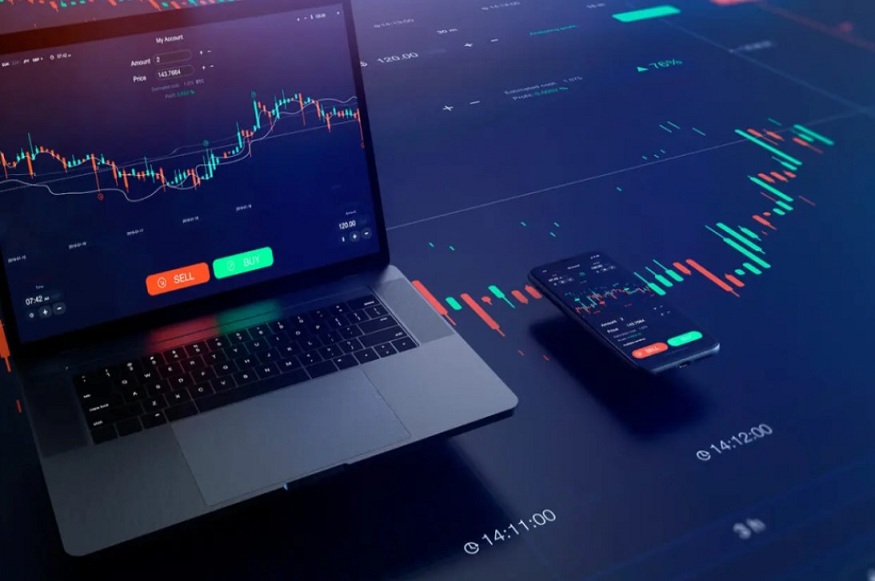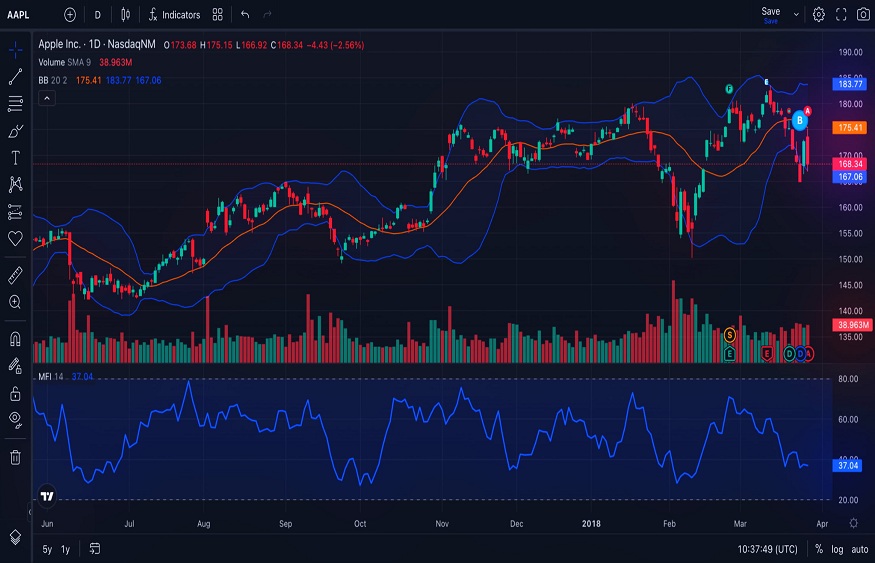The United Arab Emirates has emerged as one of the leading financial hubs in the Middle East, with its forex markets drawing increasing attention from both institutional and professional traders.
The country’s strategic position as a global business hub, combined with its stable economic policies, makes it an attractive place for currency trading. Among the many concepts shaping strategies in these markets, parity holds a central role.
For professionals navigating the complexities of forex trading, understanding how parity operates is not merely academic—it is a practical tool for aligning strategies with market realities.
Understanding Parity in Forex Markets
At its core, parity refers to the idea of equilibrium in exchange rates, often derived from economic theories that suggest currencies should balance relative to certain benchmarks.
To put it simply, when traders ask what is parity in forex, they are referring to the conditions under which two currencies are in balance based on variables like purchasing power, interest rates, or forward exchange contracts.
Several key forms of parity influence forex trading: purchasing power parity, which compares price levels across countries; interest rate parity, which examines the relationship between interest rates and forward exchange rates; and covered or uncovered interest parity, which highlights the relationship between capital flows and hedging costs.
While these theories may not always hold perfectly in real-world markets due to frictions and inefficiencies, they serve as strategic anchors that traders can use to assess mispricing, arbitrage opportunities, or long-term trends.
The UAE Forex Market Landscape
The UAE forex market operates within a unique environment. Dubai and Abu Dhabi serve as the region’s financial hubs, hosting a wide range of brokers, financial institutions, and trading platforms.
Unlike many floating currencies, the dirham (AED) is pegged to the US dollar at a fixed rate. This peg provides stability, which is advantageous for businesses and investors but also shapes how parity concepts apply in this market.
For traders, the peg limits volatility between AED and USD, yet it amplifies the importance of global dollar movements. The UAE’s monetary policies and forex conditions, therefore, closely mirror US Federal Reserve decisions. Professional traders in the UAE must factor this interdependence into their parity-based strategies, as the peg directly affects interest rate parity and limits deviations from theoretical equilibrium.
Purchasing Power Parity in the UAE Context
Purchasing power parity (PPP) rests on the idea that identical goods should cost the same in different countries when priced in a common currency. In practice, this concept is influenced by factors such as inflation rates, consumer demand, and the structure of imports and exports.
In the UAE, PPP takes on a unique character due to the country’s heavy reliance on imported goods and its role as a major exporter of oil. Oil revenues create significant capital inflows, which can distort PPP relationships when compared to economies with more balanced trade structures.
Additionally, local price levels are shaped by global commodity prices and the dirham’s link to the US dollar. For traders, PPP may not predict short-term fluctuations in AED-based pairs, but it remains a valuable long-term indicator of where currency values could drift if market pressures challenge the existing equilibrium.
Interest Rate Parity and UAE Monetary Policy
Interest rate parity (IRP) is another cornerstone of forex analysis. It connects the relationship between domestic and foreign interest rates with forward exchange rates. In a market with free capital flows, IRP suggests that returns should equalise across borders when adjusted for exchange rates.
Because the UAE maintains a fixed exchange rate with the dollar, its central bank often aligns its monetary policies with the US Federal Reserve. This ensures that capital does not flow out of the UAE in search of higher returns elsewhere, preserving the peg’s credibility. For professional traders, this means that deviations from IRP in AED-USD markets are minimal.
However, opportunities can arise when trading other currency pairs that involve the dirham indirectly, particularly if US interest rate decisions cause mismatches in forward contracts or uncovered positions.
The Strategic Role of the AED-USD Peg
The UAE’s peg to the dollar has been in place since 1997 and has become a cornerstone of financial stability. It supports investor confidence, keeps inflation predictable, and simplifies cross-border trade and investment. However, this stability comes at the cost of reduced flexibility in monetary policy.
From a trading perspective, the peg limits speculative opportunities in the AED-USD pair, but it also creates strategic clarity. Professional traders know that the dirham will remain stable against the dollar in the foreseeable future, which allows them to structure parity-driven strategies around other global currencies.
The peg also means that parity concepts like interest rate parity are heavily influenced by US rather than UAE domestic conditions, making the US economic outlook a critical factor in UAE forex trading strategies.
Conclusion
Parity remains one of the most important concepts for professional forex traders, serving as a theoretical compass in a market full of noise. In the UAE, its role is shaped by the dirham’s peg to the dollar and the country’s distinctive economic drivers.
For traders willing to look beyond textbook models and adapt them to local realities, parity offers more than just equilibrium equations—it provides a framework for resilient building strategies, informed and strategically aligned with the region’s financial landscape.




